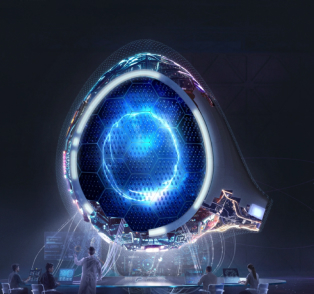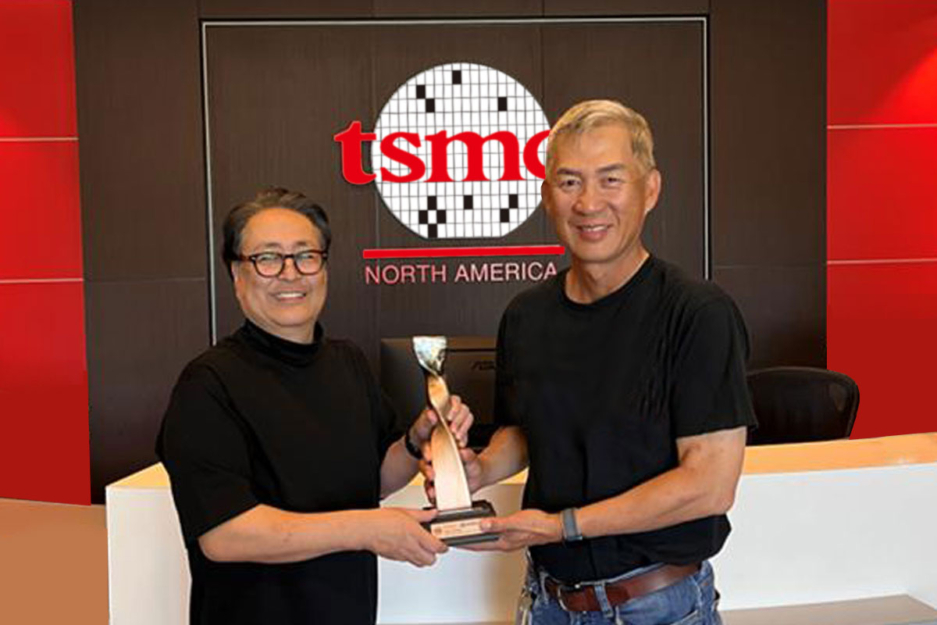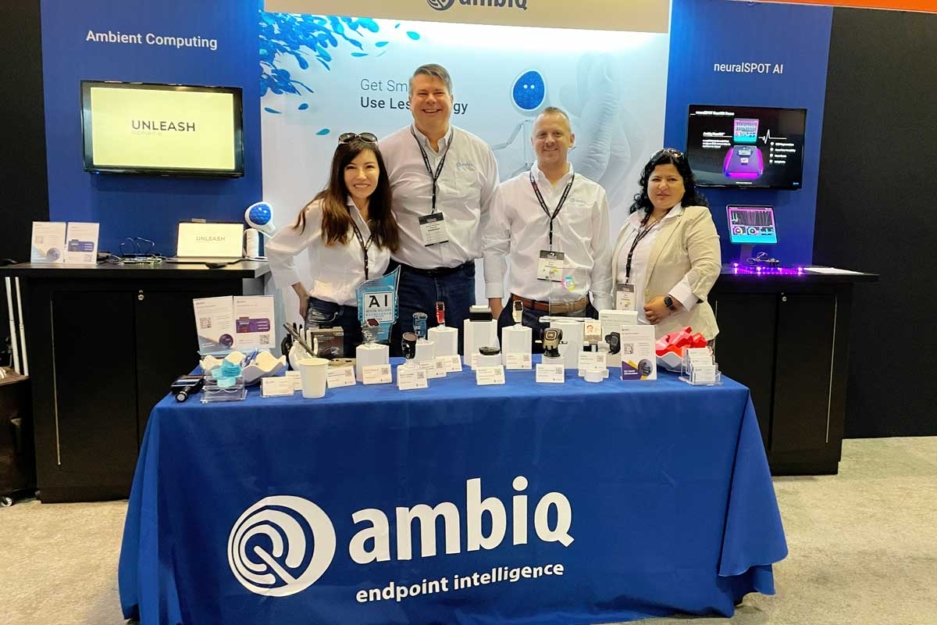
The 3 astronauts spoke just before a joint session of Congress on September 16, 1969. They offered two US flags, one particular to your home of Reps and another towards the Senate, that they experienced carried with them to your floor in the Moon.
“Singapore is uniquely positioned to Enjoy a crucial purpose in driving the continued expansion of technological innovation inside the ASEAN location,” states Fumihide Esaka, chairman and CEO of Ambiq.
OPPO and Ambiq jointly optimized the Vitality efficiency on the Apollo4s platform To optimize the efficiency and battery lifetime of the OPPO Observe two.
“Connectivity between a wide selection of devices is definitely the promise of IoT, and reduce electric power connectivity can advance this chance with engineering built to empower devices that are constrained by electrical power calls for. Devices, it doesn't matter their size, require in order to run autonomously for very long amounts of time while consuming small electrical power,“ explained James Johnson, taking care of director at IoT Breakthrough.
[143] Despite some specialized and climate complications, black and white visuals of the first lunar EVA had been obtained and broadcast to at the least 600 million men and women in the world.[143] Copies of the online video in broadcast structure ended up saved and they are widely accessible, but recordings of the original slow scan source transmission in the lunar surface area had been probably wrecked in the course of routine magnetic tape re-use at NASA.[142]
When oxidizer or fuel depletion was sensed during the suction assemblies, the remaining four outboard engines were shut down. Initially stage separation happened a little less than a person 2nd after this to permit for F-one thrust tail-off.
We've been committed to your future Ambiq – Ambient Intelligence Ambiq could be the market chief in extremely-reduced ability semiconductor platforms and remedies for battery-powered IoT endpoint devices.
The prerequisite to the Sun angle was particularly restrictive, restricting the start date to at some point per month.[eighty three] A landing just immediately after dawn was decided on to limit the temperature extremes the astronauts would experience.
But it wasn’t prolonged before this program fell outside of favour. With spacecraft 014, the spacecraft for Apollo 2, slipping terribly at the rear of, numerous started off questioning the value of flying a next Block I mission. There wasn’t an excessive amount of the agency could master from a Block I flight that it could then use into the Moon-bound Block II missions. Apart from, NASA experienced long abandoned the exercise of duplicating missions; not since Gus Grissom followed in Al Shepard’s suborbital contrails in 1961 had NASA duplicated a mission.
A proprietary calibration algorithm to digitally tune the RC and XT oscillator frequency with accuracy as low as 2 ppm.
Just ahead of he arrived at the darkish facet about the third orbit, Mission Management informed Collins there was a difficulty Using the temperature with the coolant. If it became way too chilly, areas of Columbia could possibly freeze. Mission Handle encouraged him to presume handbook Manage and employ Environmental Control Technique Malfunction Course of action 17. As a substitute, Collins flicked the switch on the program from computerized to handbook and back to automated all over again, and carried on with regular housekeeping chores, even though keeping an eye on the temperature.
Apollo 4, currently being the 1st flight with the Saturn V, attained rigorous media protection, and writers struggled to Express to the general public the scale of your start car or truck, stating that it could tower very well around the Statue of Liberty and become 13 moments as weighty. North American, in the handout on the media, famous the 3000-ton Saturn V comfortably outweighed a "great-sized navy destroyer".
The warmth shield was upgraded to dam II standards considering that Apollo four's large-velocity re-entry into Earth's atmosphere was meant to simulate a return within the Moon.[29] Particular machines had been set up to permit Mission Control to function the CSM's devices remotely, and there was a camera that might mechanically consider photographs outside of among the CM's windows on its closing orbit.[thirty] Because Apollo 4 carried no crew the CM lacked couches, controls and shows.[31]
Nearly 192 MHz clock frequency, Ambiq TurboSPOT technological know-how lets programs to meet critical timing as/when desired even though nevertheless supplying extremely significant Strength efficiency Procedure.

Get Smart. Use Less Energy.
Ultra-low power SoCs for IoT endpoint devices
that demand complex operations
and longer battery life.
✍ Ambiq® is committed to further improve the quality of life by enabling the intelligence of endpoints while further reducing carbon footprints. Ambiq – your partner in endpoint intelligence.
✯✯✯Based in Austin, San Jose, Hsinchu, Shenzhen, and Shanghai, our leadership and management teams consist of advocates, builders, enthusiasts, entrepreneurs, explorers, incubators, inventors, pioneers, protectors, thinkers, and visionaries. With a diverse Ambiq apollo 2 spectrum of experiences and skillset, we came together and united with one goal to enable the true Internet of Things where the battery-powered endpoint devices can truly be connected intuitively and intelligently 24/7.
Ambiq Wins the Demo of the Year Award at 2023 TSMC Technology Symposium
September 7, 2023, Austin, TX – Ambiq®, a leading developer of ultra-low-power semiconductor solutions that deliver a multifold increase in energy efficiency, was awarded the Demo of the Year Award by TSMC as a participant of the Innovation Zone at the 2023 TSMC North America Technology Symposium.
Ambiq Wins the Demo of the Year Award at 2023 TSMC Technology Symposium
During the April event, Ambiq showcased various product design wins using TSMC’s 22nm technology in wearables, digital health, smart home, Industrial IoT, pet trackers, and retail segments, with industry-leading energy efficiency. Ambiq also featured two live demos emphasizing its leadership in enabling endpoint AI with its HeartKit™ for remote patient monitoring and its graphics display capabilities for a vivid user interface.

TSMC pioneered the pure-play semiconductor foundry business model when it was founded in 1987, helping startup companies accelerate their innovations by providing access to the industry’s leading process technologies and manufacturing capacity. Since 2021, TSMC has expanded that mission with an Innovation Zone at its worldwide Technology Symposiums, highlighting how TSMC partners with startup companies to enable cutting-edge products from various applications, including high-performance computing, communication, automotive, IoT, and consumer segments.
“We’re grateful to TSMC and our booth visitors for allowing us to share our energy-efficient technology and processor solutions with them,” said Ambiq’s CEO, Fumihide Esaka. “We’re moving towards an exciting frontier of AI becoming more engrained with our daily lives. With that vision on the horizon, we will continue to develop innovative and first-of-its-kind ultra-low-powered solutions that keep innovation and sustainability in mind.

Ambiq’s mission is to develop the lowest-power semiconductor solutions to enable intelligent devices everywhere by developing the lowest-power semiconductor solutions to drive a more energy-efficient, sustainable, and data-driven world. Ambiq has helped leading manufacturers worldwide develop products that last weeks on a single charge (rather than days), while delivering a maximum feature set in compact industrial designs. Ambiq’s goal is to take Artificial Intelligence (AI) where it has never gone before in mobile and portable devices, using Ambiq’s advanced ultra-low power system on chip (SoC) solutions. Ambiq has shipped more than 200 million units as of March 2023.
Ambiq Designs Low-Power for Next Gen Endpoint Devices
Ambiq’s VP of Architecture and Product Planning, Dan Cermak, joins the ipXchange team at CES to discuss how manufacturers can improve their products with ultra-low power. As technology becomes more sophisticated, energy consumption continues to grow. Here Dan outlines how Ambiq stays ahead of the curve by planning for energy requirements 5 years in advance.
Ambiq Highlights From Embedded World 2024
Facebook | Linkedin | Twitter | YouTube